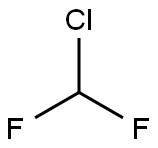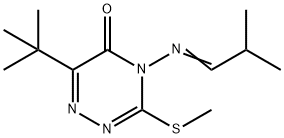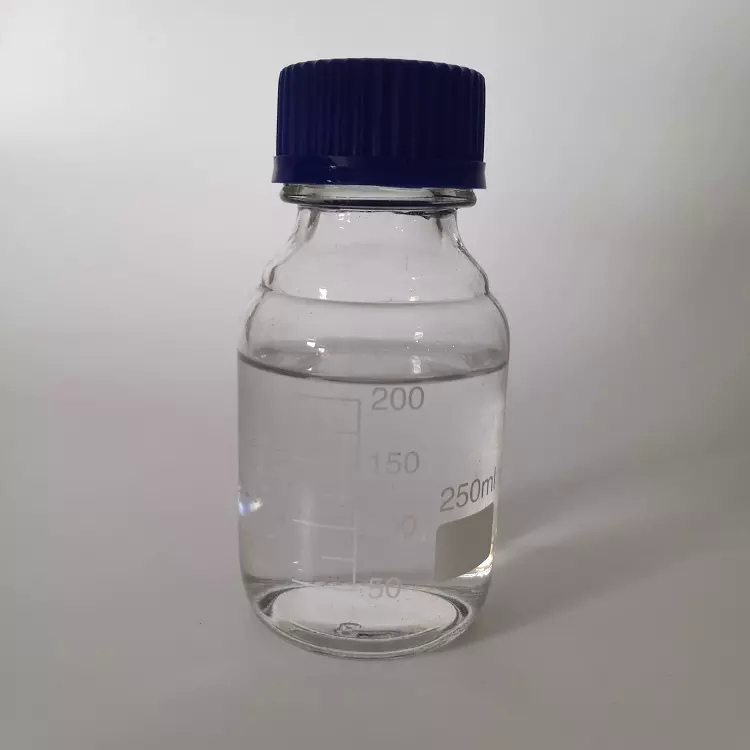4-Chloro-2-methylthiopyrimidine
- CAS NO.:49844-90-8
- Empirical Formula: C5H5ClN2S
- Molecular Weight: 160.62
- MDL number: MFCD00006083
- EINECS: 256-500-6
- SAFETY DATA SHEET (SDS)
- Update Date: 2024-11-12 17:13:25

What is 4-Chloro-2-methylthiopyrimidine?
Chemical properties
Clear yellow to brown liquid
The Uses of 4-Chloro-2-methylthiopyrimidine
It finds it application as a building block used in medicinal chemistry synthesis. 4-Chloro-2-methylthiopyrimidine is used in the total synthesis of the marine alkaloid variolin B1 and 2-hydroxy-4-pyrimidinecarboxylic acid. It is also used in the synthesis of 2,4-disubstituted pyrimidines, a novel class of KDR kinase inhibitors.
The Uses of 4-Chloro-2-methylthiopyrimidine
4-Chloro-2-methylthiopyrimidine was used in the total synthesis of the marine alkaloid variolin B1 and 2-hydroxy-4-pyrimidinecarboxylic acid. It was used in the synthesis of 2,4-disubstituted pyrimidines, a novel class of KDR kinase inhibitors. It was used as building block in medicinal chemistry synthesis.
Properties of 4-Chloro-2-methylthiopyrimidine
| Melting point: | −2 °C(lit.) |
| Boiling point: | 139-140 °C36 mm Hg(lit.) |
| Density | 1.381 g/mL at 25 °C(lit.) |
| refractive index | n |
| Flash point: | >230 °F |
| storage temp. | under inert gas (nitrogen or Argon) at 2–8 °C |
| pka | -0.56±0.20(Predicted) |
| form | liquid |
| color | Colorless to Red to Green |
| Water Solubility | Not miscible or difficult to mix in water. |
| Sensitive | Hygroscopic |
| BRN | 118042 |
| CAS DataBase Reference | 49844-90-8(CAS DataBase Reference) |
Safety information for 4-Chloro-2-methylthiopyrimidine
| Signal word | Danger |
| Pictogram(s) |
 Corrosion Corrosives GHS05 |
| GHS Hazard Statements |
H314:Skin corrosion/irritation |
| Precautionary Statement Codes |
P280:Wear protective gloves/protective clothing/eye protection/face protection. P363:Wash contaminated clothing before reuse. P303+P361+P353:IF ON SKIN (or hair): Remove/Take off Immediately all contaminated clothing. Rinse SKIN with water/shower. P305+P351+P338:IF IN EYES: Rinse cautiously with water for several minutes. Remove contact lenses, if present and easy to do. Continuerinsing. P405:Store locked up. |
Computed Descriptors for 4-Chloro-2-methylthiopyrimidine
| InChIKey | DFOHHQRGDOQMKG-UHFFFAOYSA-N |
4-Chloro-2-methylthiopyrimidine manufacturer
Stereokem Pvt Ltd
1Y
Phone:+919394224843
Whatsapp: +91-9394224843
product: 4-Chloro-2-methylthio pyrimidine 98%
ALS INDIA LIFE SCIENCES
1Y
Phone:+91-8977036379
Whatsapp: +91 8008166674
product: 4-Chloro-2-methylthio pyrimidine 98%
New Products
(S)-3-Aminobutanenitrile hydrochloride 4-Methylphenylacetic acid N-Boc-D-alaninol N-BOC-D/L-ALANINOL Tert-butyl bis(2-chloroethyl)carbamate N-octanoyl benzotriazole 3-Morpholino-1-(4-nitrophenyl)-5,6-dihydropyridin- 2(1H)-one Furan-2,5-Dicarboxylic Acid S-2-CHLORO PROPIONIC ACID ETHYL ISOCYANOACETATE 2-Bromo-1,3-Bis(Dimethylamino)Trimethinium Hexafluorophosphate 4-IODO BENZOIC ACID 3-NITRO-2-METHYL ANILINE 1-(2,4-DICHLOROPHENYL) ETHANAMINE (2-Hydroxyphenyl)acetonitrile 4-Bromopyrazole 5,6-Dimethoxyindanone 2-(Cyanocyclohexyl)acetic acid 4-methoxy-3,5-dinitropyridine 1-(4-(aminomethyl)benzyl)urea hydrochloride 2-aminopropyl benzoate hydrochloride diethyl 2-(2-((tertbutoxycarbonyl)amino) ethyl)malonate tert-butyl 4- (ureidomethyl)benzylcarbamate Ethyl-2-chloro((4-methoxyphenyl)hydrazono)acetateRelated products of tetrahydrofuran








You may like
-
 49844-90-8 4-Chloro-2-(methylthio) pyrimidine 98%View Details
49844-90-8 4-Chloro-2-(methylthio) pyrimidine 98%View Details
49844-90-8 -
 4-Chloro-2-methylthio pyrimidine 98%View Details
4-Chloro-2-methylthio pyrimidine 98%View Details -
 4-Chloro-2-methylthio pyrimidine 98%View Details
4-Chloro-2-methylthio pyrimidine 98%View Details
49844-90-8 -
 4-Chloro-2-methylthiopyrimidine CAS 49844-90-8View Details
4-Chloro-2-methylthiopyrimidine CAS 49844-90-8View Details
49844-90-8 -
 4-Chloro-2-(methylthio)pyrimidine CAS 49844-90-8View Details
4-Chloro-2-(methylthio)pyrimidine CAS 49844-90-8View Details
49844-90-8 -
 4-Chloro-2-methylthiopyrimidine CAS 49844-90-8View Details
4-Chloro-2-methylthiopyrimidine CAS 49844-90-8View Details
49844-90-8 -
 14714-50-2 (2-Hydroxyphenyl)acetonitrile 98+View Details
14714-50-2 (2-Hydroxyphenyl)acetonitrile 98+View Details
14714-50-2 -
 118753-70-1 98+View Details
118753-70-1 98+View Details
118753-70-1
Statement: All products displayed on this website are only used for non medical purposes such as industrial applications or scientific research, and cannot be used for clinical diagnosis or treatment of humans or animals. They are not medicinal or edible.